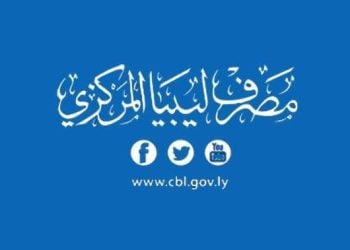The 20-dinar note is no longer valid currency according . . .[restrict]to the NTC’s media committee head, Mukhtar Al-Jaddal. He said the decision was taken by the NTC on Tuesday. People have until 28 February to hand them into banks.
It had already been announced that the 50-dinar note would be withdrawn but the NTC also decided to bring forward the deadline for handing them into the banks to 16 February. The Central Bank of Libya had earlier said that they should be handed in by mi-March. Most businesses are already refusing to accept the LD 50 notes which carry an image of the former dictator Muammar Gaddafi in traditional costume and wearing sunglasses. The 20 dinar note shows him among a group of African at the summit of the Declaration of the African Union on the 9 September 1999.
The decision will leave just 1, 5 and 10 dinar notes in circulation. New designs of all denomination banknotes are planned but not yet available.
The reason for the withdrawal of the 20 and 50 dinar notes is not to because of a desire to get rid of Qaddafi’s face on the currency — the LD 1 note also bears his image — but to cut supply of money in circulation and enable the authorities to clamp down on corruption.
It is estimated that there is LD 15 billion in held in cash by Libyans privately or by Libyan businesses. One of the reasons for this was that Libyans were loathe to put their money in the banks during the Qaddafi era because the maximum they could withdraw per month was LD 750. “It was like freezing our money if we put it in the bank”, said Awed Abeida, a Benghazi student.
The withdrawal of the 20 and 50 dinar notes, which have to be deposited and credited to bank accounts also means that questions can be asked where the money came from.
There are suggestions that the name of the currency may go back to being called the gunaih (Arabic for pound), which was the name before Qaddafi changed it in 1971. The term, which derives from the name Guinea (from where traditionally gold was supposed to come) is still widely used in Libya, as is the word “Girsh” (or piaster). This later is used to refer to 10 dirhams (1,000 dirhams = 1 dinar). Between 1951 and 1965, the girsh or piaster was official currency in Libya. There were 100 to the gunaih or pound. [/restrict]











